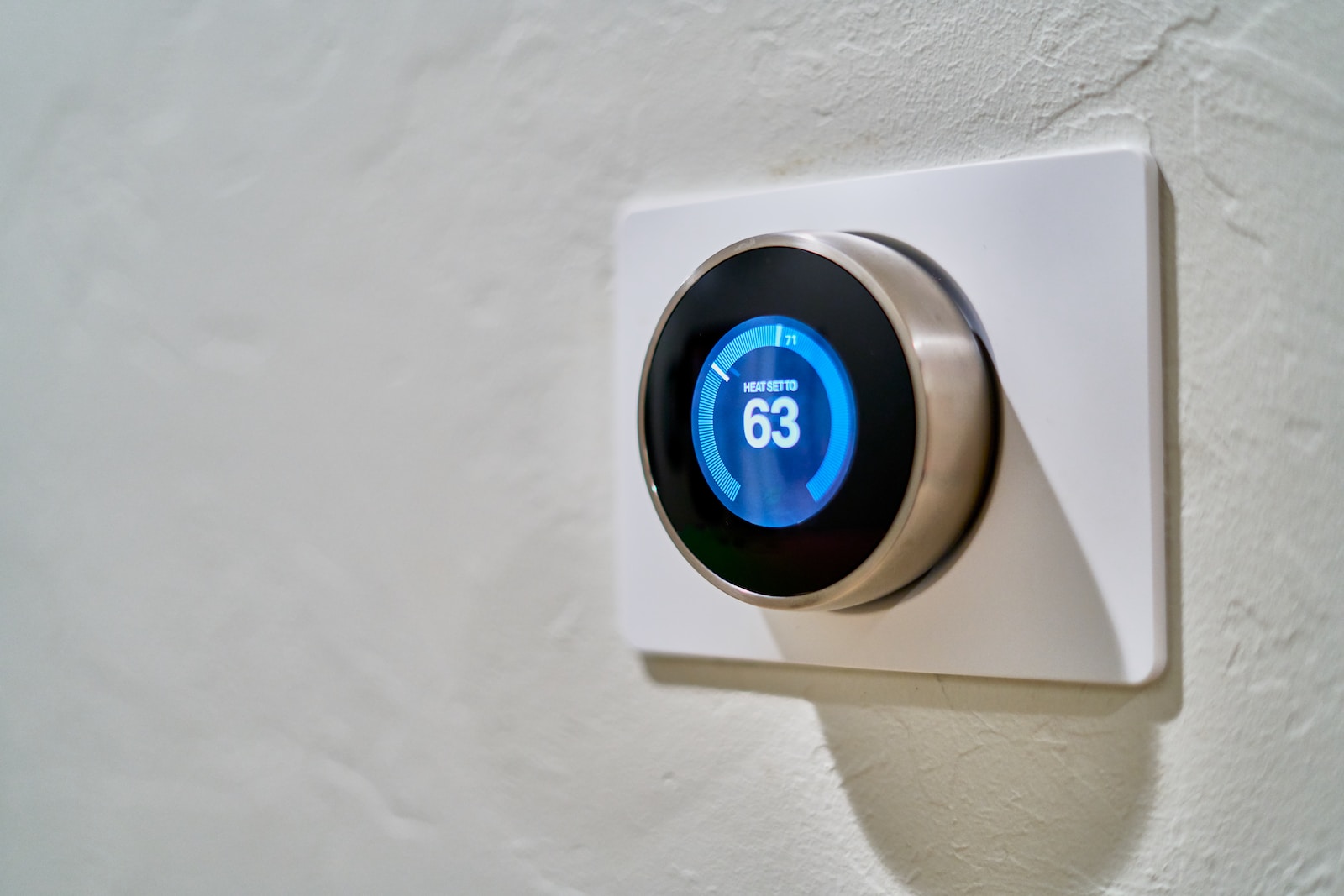Staying warm during the colder months is essential, but it shouldn’t come at the expense of your wallet. With a few practical strategies, you can significantly reduce your heating costs and still maintain a cozy home. Let’s explore how:
- Thermostat Management: Lowering your thermostat by just a few degrees can result in significant savings. Consider investing in a programmable thermostat to set temperatures automatically, especially during times when no one is home or during sleeping hours.
- Seal and Insulate: Drafts can be a major culprit for heat loss. Seal gaps around windows, doors, and outlets. Properly insulating your attic, walls, and basement can also keep your home warmer in winter.
- Regular Maintenance: Clean or replace furnace filters regularly. A dirty filter restricts airflow and makes the system work harder. Regularly servicing your heating system ensures it runs efficiently.
- Use Ceiling Fans: Ceiling fans aren’t just for summer. By reversing the direction to clockwise in winter, the fan will push warm air downward and circulate it throughout the room.
- Optimize Natural Heat: During sunny days, open your blinds or curtains to let sunlight naturally heat your home. Close them in the evenings to provide an extra layer of insulation.
- Upgrade Your Heating System: If your heating system is older than 15 years, it might be time for an upgrade. Newer models are far more efficient and can save you money in the long run.
- Invest in Warm Bedding: Using warmer blankets and duvets can allow you to lower the thermostat at night without sacrificing comfort.
- Close Unused Rooms: By closing doors to rooms you aren’t using, you can reduce the space you need to heat.
- Dress Warmly: Instead of turning up the heat, layer up with warm clothing.
- Water Heater Efficiency: Insulating your water heater and reducing the temperature to around 120°F (49°C) can lead to energy savings.
- Install Storm Doors and Windows: These add an extra layer of protection against cold weather, further insulating your home and preventing drafts.
In Conclusion
Reducing heating costs requires a combination of short-term adjustments and long-term investments. Being proactive and attentive to your home’s heating needs will ensure both comfort and savings during the cold months.
Further Reading:
- Energy Saver Guide – Tips on saving money and energy at home by the U.S. Department of Energy.
- Heating and Cooling – Efficient strategies for heating and cooling by ENERGY STAR.
- Winter Energy Saving Tips – The Natural Resources Defense Council offers insights into efficient heating.
- Varmepumpepuljen – How to apply for government grants in Denmark
- Home Insulation – Building Science Corporation’s guide on insulating your home for maximum efficiency.
- Heat Conservation in Homes – Penn State Extension provides a comprehensive look at conserving heat.
